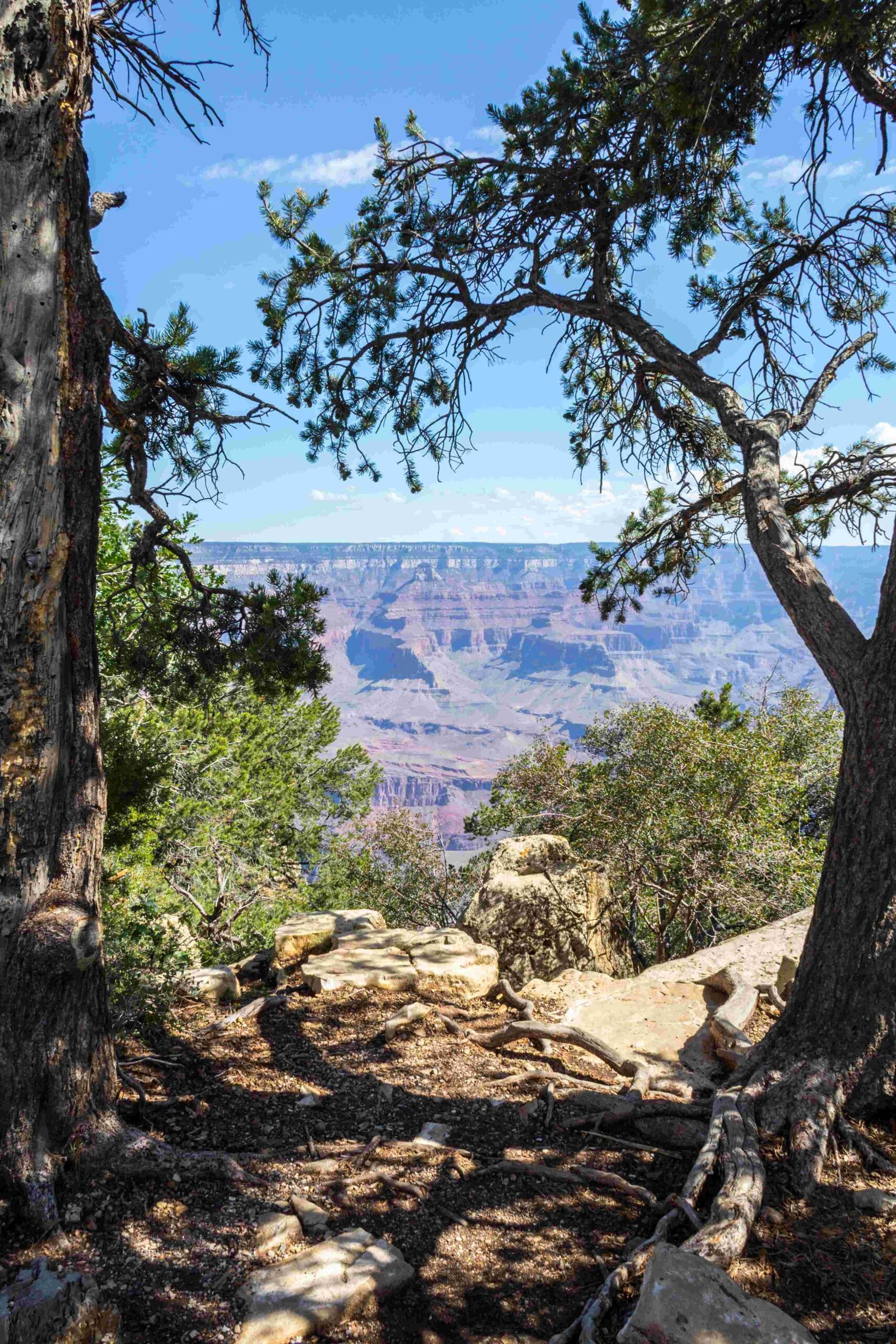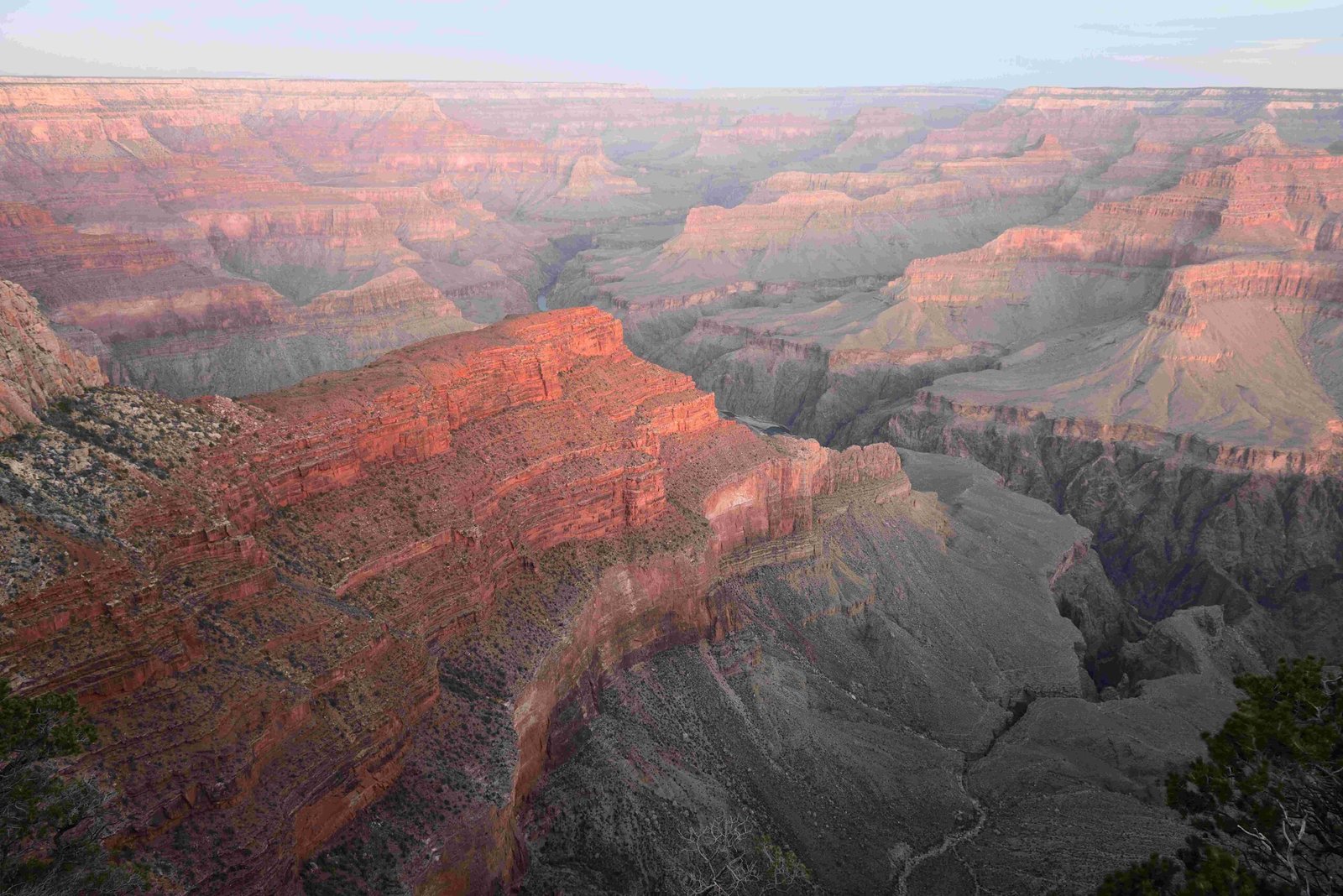The Grand Canyon’s water history is a complex narrative of prehistoric marine environments, ancient seas, and dynamic geological transformations. Over billions of years, this remarkable landscape has been submerged, carved, and reshaped by water, leaving behind an intricate geological record that tells a story of dramatic environmental changes and aquatic ecosystems that existed long before the current Colorado River carved its iconic path.
What Evidence Proves Water Existed in the Grand Canyon?

Sedimentary Rock Layers Reveal Underwater Origins
The Grand Canyon’s rock formations provide compelling evidence of extensive water presence throughout geological history. Key indicators include:
- Marine Limestone Layers:
- Muav Limestone
- Redwall Limestone
- Kaibab Limestone
These layers contain abundant marine fossils, demonstrating that significant portions of the Grand Canyon were once underwater marine environments.
Fossil Records: Underwater Life Preserved
Remarkable fossil discoveries highlight the canyon’s aquatic past:
| Fossil Type | Geological Period | Significance |
|---|---|---|
| Marine Clams | Cambrian | Indicates shallow sea environments |
| Nautiloids | Paleozoic | Suggests complex marine ecosystems |
| Echinoderms | Multiple Periods | Evidence of diverse underwater life |
When Did Water Dominate the Grand Canyon?
Prehistoric Water Timelines
- Precambrian Era (1.8 billion years ago)
- Initial rock formations in aquatic environments
-
Shallow seas and lake depositions
-
Paleozoic Era
- Repeated sea level fluctuations
-
Extensive marine sediment depositions
-
Mesozoic Era
- Continued marine environment transformations
- Gradual landscape modifications
How Water Shaped the Grand Canyon
The Colorado River’s role in canyon formation began approximately 5-6 million years ago. However, water’s influence extends far beyond this recent geological moment:
- Erosion Processes
- Gradual rock layer removal
- Channel formation
-
Sediment transportation
-
Geological Transformation
- Uplift events
- Tectonic movements
- Continuous landscape reshaping
Scientific Research Insights

Modern geological studies continue to uncover the Grand Canyon’s water history through:
- Thermochronological analysis
- Fossil record examinations
- Advanced imaging techniques
Visitor Exploration Opportunities
For those interested in understanding the Grand Canyon’s water history:
- Recommended Visitor Centers
- Grand Canyon Visitor Center
-
Yavapai Geology Museum
-
Guided Tour Options
- Geological history tours
- River expedition experiences
- Ranger-led educational programs
Conclusion
The Grand Canyon’s water history is a testament to Earth’s dynamic geological processes. From ancient marine environments to the current river-carved landscape, water has been the primary sculptor of this magnificent natural wonder.

